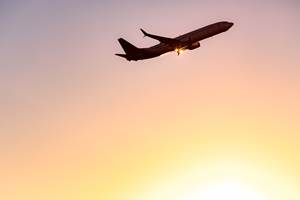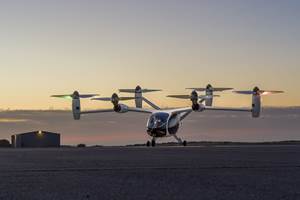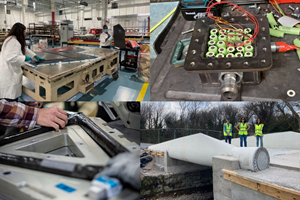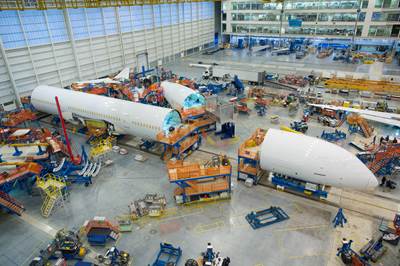The evolution of the commercial aerospace landscape
Following the grounding of the 737 and the downturn caused by the pandemic, Boeing finds itself a distant second to Airbus. What should it do?
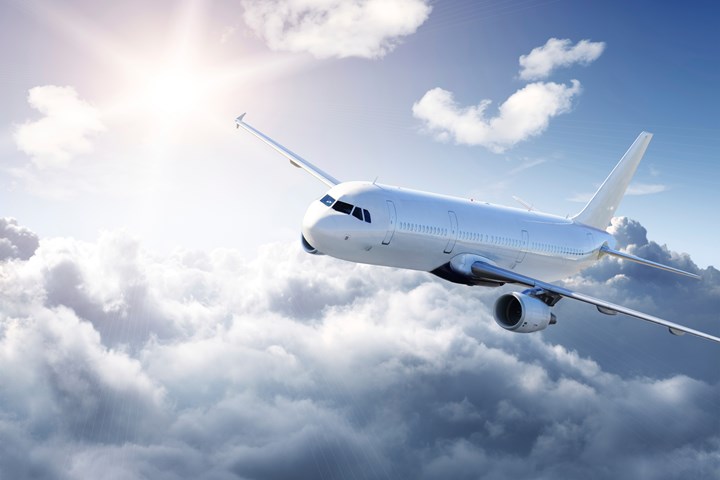
On Monday, March 9, 2020, I was in Beverly Hills, Calif., U.S., attending a SpeedNews conference on aerospace manufacturing. I sat in a hotel conference room with hundreds of other people, listening to speakers talk about raw materials use in the aerospace supply chain, aircraft production rates and the return of the Boeing 737 MAX. The coronavirus was in the early stages of turning into a pandemic. Italy and Spain were either in lockdown or about to start lockdown, and there was much uncertainty about the potential impact on commercial air travel.
The sense that we were on the verge of major industrial and societal change was palpable. Several speakers prefaced their presentations with the caveat that they had attempted to factor the coronavirus into their forecasts, but were unsure what the long-term effects would be. Others couldn’t figure out how to forecast in such an environment and simply declared their presentations “COVID-free.” One speaker suggested, with some trepidation, that the commercial aerospace industry could see a 9-10% drop in passenger air travel as a result of the coronavirus. That, he said, would be “unprecedented and devastating.” What we wouldn’t give right now for just a 10% drop in passenger air travel.
Now, with vaccines in wide distribution, it’s possible to think about the return of passenger air travel. Further, with the return of the 737 MAX to service in November 2020, Boeing achieved a major milestone in its effort to get its most profitable aircraft back in the air and started generating cash again.
Prior to the pandemic and the grounding of the 737 MAX, Boeing had been considering the launch of a new aircraft. Dubbed NMA, or 797, it would have been a twin-aisle plane, designed to fit between the 737 and 767. But with the double-whammy of the grounding of the 737 MAX and then the pandemic, plus a tepid market reception of the NMA, Boeing shelved its new-plane plans.
As a result, Boeing is left with what is, effectively, a product lineup of fourish aircraft: the 737 MAX, the 767, the 787 and the 777X (not yet in service). The 737 has a relatively bright immediate future as domestic routes, served by the 737, are expected to return to pre-pandemic usage levels soonest. International routes, served by the 787 and (eventually) the 777X, are expected to recover much more slowly — possibly not until 2025, by some estimates.
In a non-pandemic world, Boeing likely would be compelled to answer the A321XLR with a new plane of its own.
The Airbus product lineup, on the other hand, covers a wider swath of the market and includes the A220, A320, A321XLR, A330 and A350. The A320 is roughly analogous to the 737, while the A330 and A350 are roughly analogous to the 787 and the 777X. The A321XLR, however, highlights a particular problem for Boeing. Announced at the 2019 Paris Air Show, this long-haul, single-aisle plane is unmatched by Boeing and is proving to be a significant competitive advantage for Airbus, which already has more than 450 orders for the plane.
In a non-pandemic world, Boeing likely would be compelled to answer the A321XLR with a new plane of its own. Such a plane, it’s assumed, would make significant use of composites. Such a plane would also be expensive to develop, perhaps in the neighborhood of $15 billion. Aerospace industry analysts have said repeatedly that Boeing simply cannot afford to launch a new program for several years — possibly until 2023.
The question I pose in response is this: If Boeing wants to shore up its competitive position against Airbus, what is the cost to Boeing of not launching a new aircraft soon? In the duopoly that is the global commercial aircraft market, isn’t it critical that Boeing demonstrate to its customers and Airbus that it still has the strength, creativity and innovation the market needs, and that it’s willing to invest in its future with the launch of a new aircraft?
Commercial aircraft development and manufacture is, arguably, the most complex and demanding technological enterprise in the world, and as such it is done by only a few firms. Further, large commercial aircraft are made by only three firms, if you include China’s COMAC. In this environment, Boeing, it seems to me, cannot cede any ground to its competitors — pandemic or not.
My argument is this: If Boeing wants to preserve its position as a competitive supplier of commercial aircraft, it should announce a new program in 2021, and be clear that it’s ready for the next generation of commercial air travel. Paying for such a program would be a challenge, but Boeing could debt-finance such an effort to help secure its future. Regardless, the company, it seems, has reached a major inflection point. How it responds will be important to the entire aerospace supply chain.
Related Content
Reading the Boeing tea leaves
Boeing CEO David Calhoun says not to expect a new aircraft before 2035. What are aerocomposites fabricators supposed to make of that?
Read MoreHow composites have become a necessity
Composites used to be one of many material options across industries and applications, but that's not the case anymore.
Read MoreAs 2023 begins, a look back at trending CW topics in 2022
With 2022 now behind us, CW’s editor-in-chief Jeff Sloan takes a look at the CW stories last year that received the most reader attention.
Read MoreSustainability has come to composites and it's here to stay
It might be tempting to think of sustainability as a buzzword, but there are structural changes taking place in the composites industry that signal its permanence.
Read MoreRead Next
Boeing conducts inspections of 787 composite inner fuselage skin
Boeing reports that it is checking the flatness of inner fuselage skins on all undelivered 787s to verify structural integrity.
Read MoreBoeing shutters commercial composites R&D facility
In an effort to trim costs, commercial composites R&D at Boeing’s Advanced Developmental Composites (ADC) center in Seattle is being distributed among other Boeing composites facilities in the Puget Sound region.
Read MoreComposites end markets: Energy (2024)
Composites are used widely in oil/gas, wind and other renewable energy applications. Despite market challenges, growth potential and innovation for composites continue.
Read More

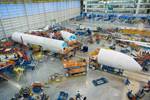
















.jpg;maxWidth=300;quality=90)
